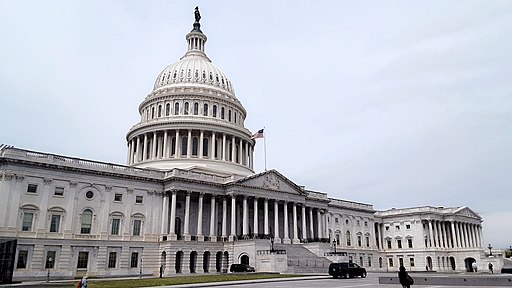Wisconsin enacted new congressional districts on March 3, 2022, when the Wisconsin Supreme Court approved a proposal submitted by Gov. Tony Evers (D). Wisconsin was apportioned eight seats in the U.S. House of Representatives after the 2020 census, the same number it received after the 2010 census. This map will take effect for Wisconsin’s 2022 congressional elections.
Evers vetoed a legislatively-approved congressional district map on Nov. 18. Those maps had passed the state Senate on Oct. 20 by a 21-12 vote split along party lines, with all Republicans in the chamber voting for the proposal and all Democrats voting against it. They had passed the House on Nov. 11 by a 60-38 party-line vote.
After Evers’ veto, the Wisconsin Supreme Court assumed control of the drafting process, as the court had agreed in September to decide new districts if the legislature and governor failed to do so. On Nov. 30, the court announced it would seek to make as few changes as possible to the current legislative and congressional maps adopted in 2011. Evers submitted the now-approved congressional district map to the supreme court on Dec. 15.
Evers said the map was “a vast improvement from the gerrymandered maps Wisconsin has had for the last decade and the even more gerrymandered Republicans maps that I vetoed last year.”
Law Forward, which exists to “promote a progressive vision through impact litigation, administrative process, and public education,” said “the Governor’s proposal does much to improve representation for people across our state within the narrow confines the Court defined. The Court rejected other options that would have further entrenched Wisconsin’s partisan gerrymander.”
Senate Majority Leader Devin LeMahieu (R) said, “Evers drew racially gerrymandered maps behind closed doors with no public input. His maps intentionally watered down minority representation for political gain and violated the open and transparent process the public deserved.”
Sachin Chheda, director of the Fair Elections Project, an organization supporting “litigation, legislation, and public advocacy to stop partisan gerrymandering,” criticized the least-changes criteria. “The ‘least-changes’ criteria is total bunk and not supported by statute or the constitution,” Chheda said in a statement. “It was wholly made up by the ultra-partisan Supreme Court majority in order to help their political overlords, Robin Vos and Devin LeMahieu. We agree with the governor that the Court should be using a non-partisan and fair process to draw maps, not just doing the bidding of their right-wing political allies,” Chheda said.
As of March 3, 37 states have adopted congressional district maps, and one state has approved congressional district boundaries that have not yet taken effect. Federal or state courts have blocked previously adopted maps in one state, and five states have not yet adopted congressional redistricting plans after the 2020 census. Six states were apportioned one U.S. House district, so no congressional redistricting is required. As of March 3, 2012, 40 states had enacted congressional redistricting plans.
States have completed congressional redistricting for 369 of the 435 seats (84.8%) in the U.S. House of Representatives.
Additional reading:


